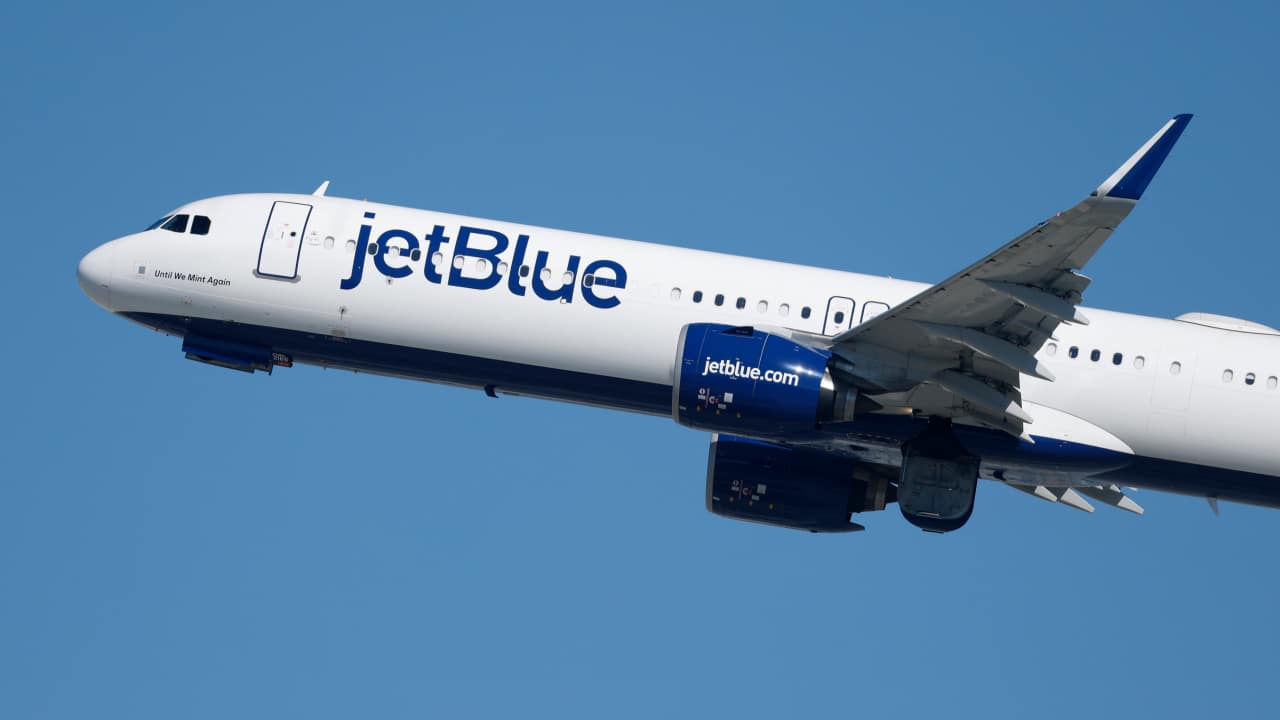George Rodriguez Has Captured Two Contrasting Worlds In Los Angeles For Over 40 Years
For over 40 years, George Rodriguez has been able to capture two different versions of Los Angeles, the glitz and glamour and the everyday working-class struggle.
Jimi Hendrix playing on the Sunset Strip. Students protesting during the 1968 East L.A. Walkouts. Marilyn Monroe in her Hollywood heyday. A then-unknown rap group from Compton called N.W.A. in 1990.
It’s a portfolio that covers two intersecting landscapes in Los Angeles and the events that have made the city what it is today. These worlds are now on display at the Vincent Price Art Museum in East Los Angeles, where Rodriguez, 82, is enjoying his first career retrospective with a photo exhibit, “George Rodriguez: Double Vision.”
It’s an homage to a photographer that has never gotten the proper recognition for a resume as illustrious as Rodriguez has. That may be due to him always being behind the camera and being reluctant of getting attention. While his work has been featured in numerous magazines, books, and record covers, most people have never heard of him.
In his first career retrospective, Rodriguez is finally getting his moment in the spotlight. It’s an exhibit that features over 40 years and more than 130 photos including the Chicano civil rights movement, Hollywood celebrities and everyday life in LA.

Rodriguez, born to a Mexican immigrant father and a Mexican-American mother, started his journey back in 1954 as a student at Fremont High School in South Los Angeles. After taking on a photography course as an elective, he fell in love with the craft. What followed was working at photo labs in Hollywood where Rodriguez got opportunity after opportunity to shoot big movie premieres after established photographers would pass their credentials his way.
By 1960, he would also get a job in the darkroom at Columbia Pictures where his portfolio only grew. He shot stars like Lucille Ball and Frank Sinatra and on his own time captured newcomer musicians like Jim Morrison and Jimi Hendrix on the Sunset Strip.
“The word luck is often used a lot in the photo industry and I truly am lucky to have been behind the camera,” Rodriguez says. “I always felt so fortunate about all this.”
While he’s covered the glitz and glamour of Hollywood, George was also there to capture the start of the Chicano Movement on the streets of East L.A. during the late 1960s.

During his lunch breaks, while working at Columbia, Rodriguez would go photograph some of the student walkouts happening in East L.A. He witnessed kids getting hit with police batons and being carried away with handcuffs. Rodriguez recalls being in disbelief in what he was witnessing and took every photo he could to capture these moments.
“It was a time when students were standing up for better schools and a better way of life,” Rodriguez says. “I didn’t sell any of those photographs to magazines, I just felt it was important to document what was going on.”
Rodriguez captured some of the most well-known faces of the Chicano Movement including the Brown Berets, activist Sal Castro, Dolores Huerta, and Cesar Chavez. But it was the documentation of everyday life that stands out for him. Whether it’s an image of a Chicano soldier returning from Vietnam or graffiti in Boyle Heights, this was something he felt needed to be captured.
It became quickly evident that Rodriguez was living a double-life in a way, photographing celebrities one part of the day while also taking images of the start of the Chicano social movement. In retrospect, hundreds of historical moments would have never been documented if it wasn’t for him. One day Rodriguez would be snapping photos of a young Michael Jackson and the next he’d be covering the Chicano farmworker movement. Few could ever imagine one photographer immersing himself in two different worlds but very few are George Rodriguez.
His work isn’t only a look into the various lives that inhabit LA but also the intersectionality of events that happens every day.

Josh Kun, 48, the exhibit’s curator, says Rodriguez’s work is an example of the many crossroads within Los Angeles and the simultaneity of things occurring daily. Kun and Rodriguez both met back in 2011 and would begin working on a book, “Double Vision: The Photography of George Rodriguez,” that was released in 2018.
“George sees the city as a pulsing city of network and activity. He doesn’t discriminate or look the other way. We can learn a lot from his photos,” Kun says. “LA is a place where multiple things are happening across multiple communities. It’s impossible to see LA in one and his work teaches us to always keep our eyes open.”
When asked about his storied portfolio of work, Rodriguez doesn’t pat himself on the back. He reminds others that he’s always felt that he was just in the right place at the right time. It’s a sentiment that most photographers can agree with and one that Rodriguez has lived his career by.
Vincent Price Museum director Pilar Tompkins Rivas says that Rodriguez’s portfolio of photos is a testament to just how incredible of a life he’s lived. Rivas says that while his images have been exhibited in many museums, including the Natural History Museum of Los Angeles County, the Museum of Latin American Art, and the Smithsonian National Portrait Gallery, this is the first exhibition dedicated to Rodriguez’s work.
“It’s incredible to believe that one person could have seen so much in their lifetime and documented so much,” Rivas says. “He’s been able to capture so many moments in politics, entertainment and social movements that you forget it all came from just him.”
Rodriguez doesn’t spend too much time reflecting on his work or the subjects he’s captured. He always reminds himself that he was just simply doing his job all these years.

“You don’t realize the importance of things when they’re happening,” Rodriguez says. “Sometimes you feel too close to what you do and you don’t think about it and in reality, I never really took myself that seriously.”
Kun views Rodriguez through a different lens than just photography. After years of working together on a book and now an exhibit, Kun sees him not only as an extraordinary photographer but a great friend. He says meetings with Rodriguez usually mean him showing up with a box of photographs that he’s previously never seen before.
“To this day he always seems to surprise me whether it’s with photographs. stories or just the way he views things, he’s become a good friend,” Kun says. “He’s a rare creature that never expects anyone to pay attention to him.”
While Rodriguez’s photography days are mostly past him, he still has a lot to give. He says he wants to help get other Latinos involved in photography and notes that when he started his career there was barely any. Sadly, those numbers haven’t changed today. A 2016 study shows that U.S. Latino photojournalists are still predominantly white and male. Rodriguez says it important to have diversity in media pointing at his own career as an example.
“I went to speak to some photography students at LA City College and they asked so many questions,” Rodriguez says. “The teacher called me and told me that many decided not to drop the class because of what I told them inspired them. That’s special to me and that’s what I want people to remember.”
George Rodriguez: Double Vision is on view at the Vincent Price Art Museum through February 29, 2020.




